Re: Desperately Seeking Signals: Train Order Boards and "Open Depots"
Posted by Jim Courtney on Nov 01, 2016; 2:09am
URL: http://c-sng-discussion-forum.254.s1.nabble.com/Desperately-Seeking-Signals-The-Saga-Of-The-Train-Order-Board-tp6678p6708.html
Chris,
Yes, I'd like to share a few more thoughts on train order boards on the C&S. I have nothing to really add to the timeline aspect, I agree that in early South Park / Colorado Central days they were absent and your photos suggest that 1886-87 was when they showed up, as the UP integrated all its far-flung subsidiary lines into one rail network.
Having reviewed my digital files and books for train order boards (TOB) on depots, I'm coming more convinced that "Terminal" stations didn't have them. The purpose of the TOB was to alert train crews, approaching from either direction, that they had new orders that would effect the rest of their journey, or nullify prior orders. Trains arriving at "terminals" always stopped and, after obtaining new orders (as well as new train numbers or extra designations) returned from where they came. TOBs where not needed at terminals.
A terminal could be described as the end of the mainline or branch line run. On Clear Creek these would include Denver, Central City and Silver Plume. On the South Parks lines, Denver, Leadville, Gunnison and Alma Jct on the Alma branch.
I've not found any photo of the Central City brick depot with a TOB:
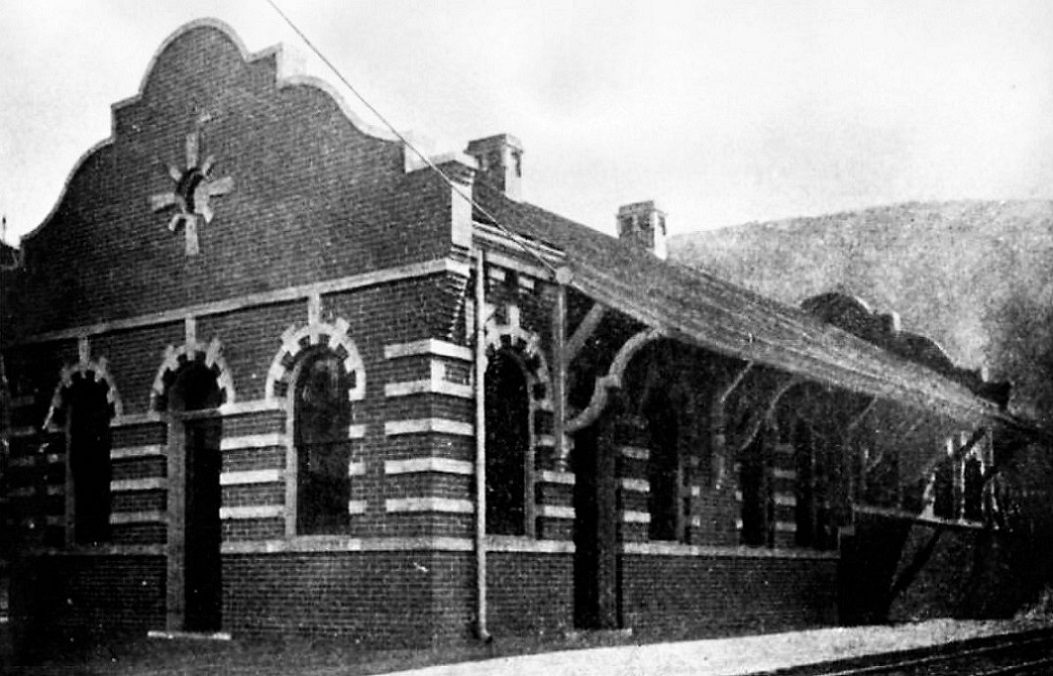
But Blackhawk, the only station with depot between Forks and Central, did have a TOB:
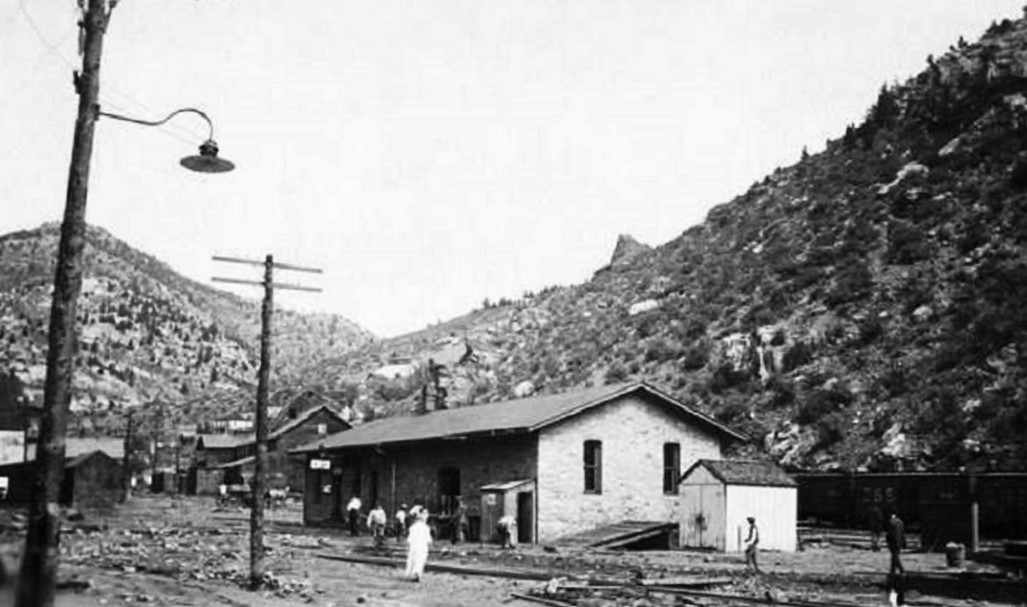
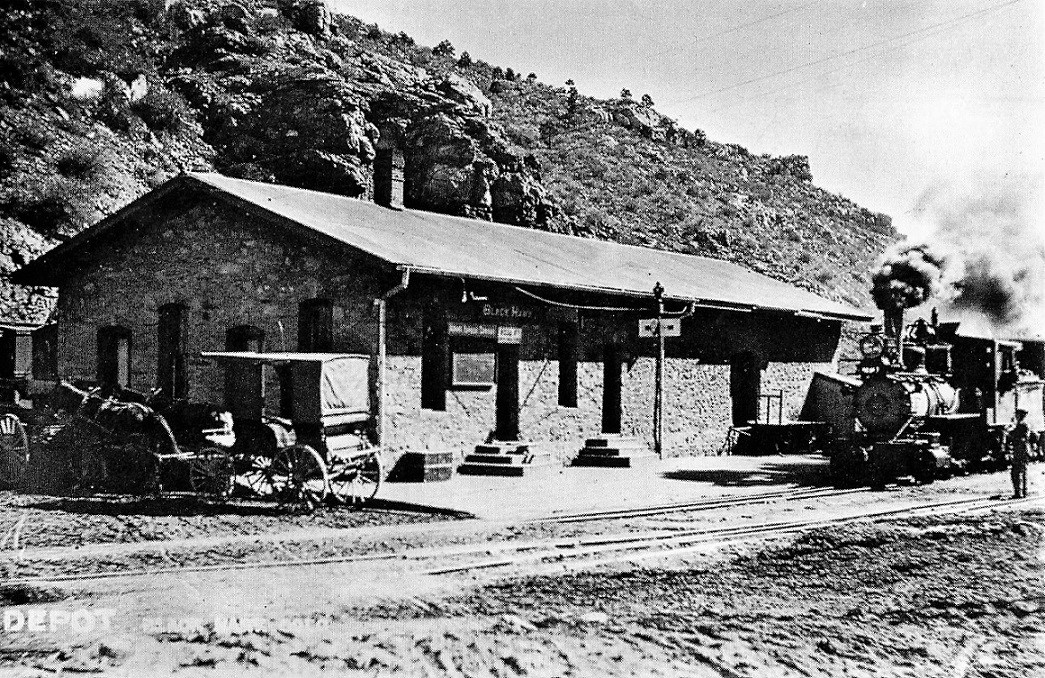
I have not found a clear, unobstructed photo of the track side of the Silver Plume depot to confirm or exclude a TOB there.
On the Fairplay / Alma Jct branch, there are many clear photos of the Alma Jct depot in the Mineral Belt books and the Klingers' three books. All show telegraph lines into the depot, none (starting with the DSP&P photo Chris posted) show a TOB:
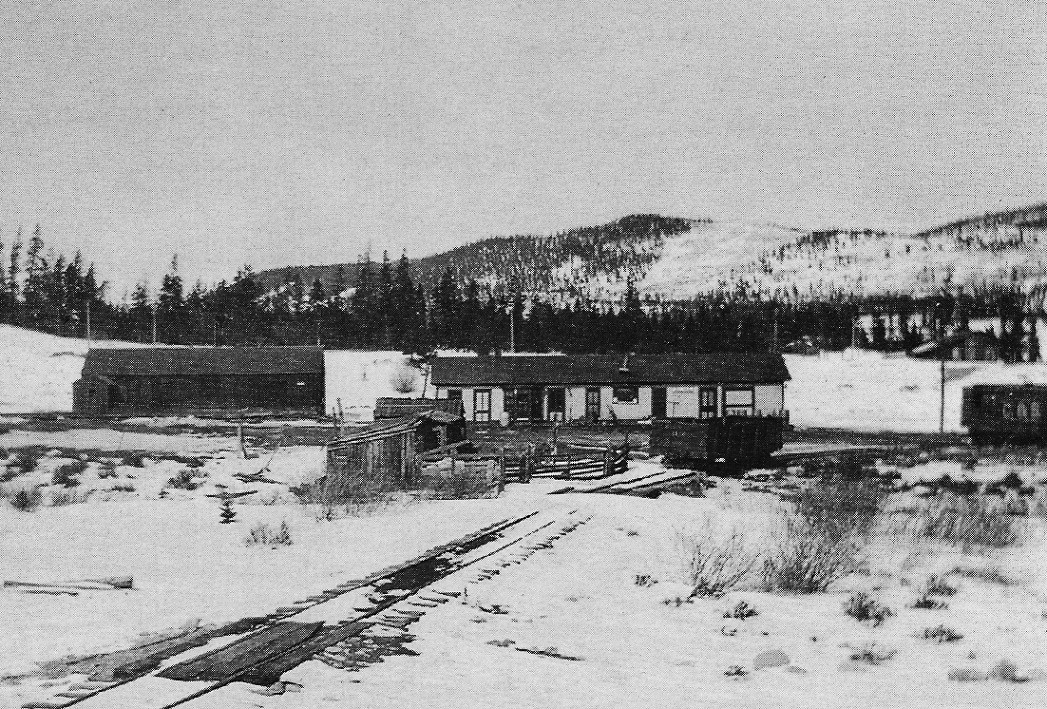
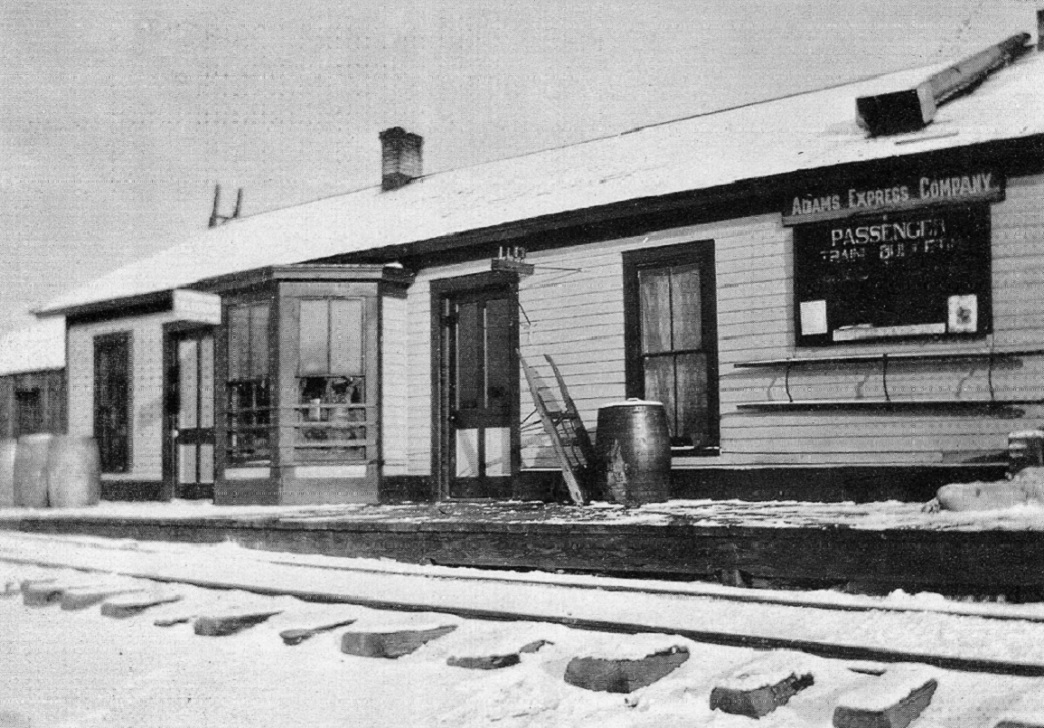
But Fairplay, the next station up the branch toward Como, did have an operator and TOB:
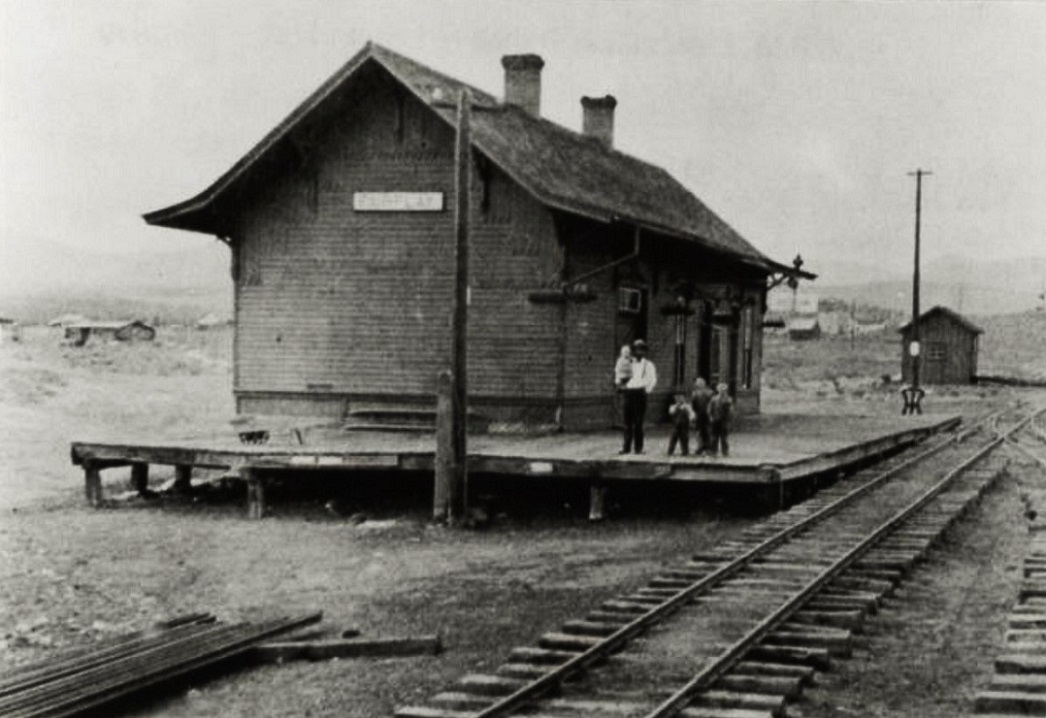
We should also be careful in our definitions of "stations", "depot buildings" and "operating (aka open) depots".
--A station was a physical geographical location on the railroad as designated on the timetable, which may or may not have a siding, spur or railroad structures, including water tanks. Some stations where simply signs.
--A depot building was a structure to accommodate waiting room space for passengers, a freight house (attached or detached) for handling LCL freight and baggage, and usually office space for the use of agent or operator. It is not clear whether many of the flag stop shelters along Platte Canon were owned by the railroads or private entities.
--An operating depot designates an open depot (for part or all of the day, perhaps certain days of the week) with agent/operator on duty, to handle railroad business, and to generate train orders. On Employee Timetables an open depot would often be designated with a "D". If the train crew was required to register at that station, the timetable would be designated with an "R".
Some depot structures were always open depots, some where never open (just a shelter for passengers), and others were either open or "flag" depots depending on the year of operation, sometimes the season of a given year.

To illustrate what I'm trying to say in this long-winded post, let's take a hypothetical trip from Denver to Leadville in mid-June of the year 1906. CRA 12, The South Park Line, A Concise History, has the June 10, 1906 C&S Employee Timetable published in the addendum:
Leaving Denver, the Leadville bound train had to stop and register at Sheridan Junction, which is listed as having an open depot, with telegraph call sign of "SJ".
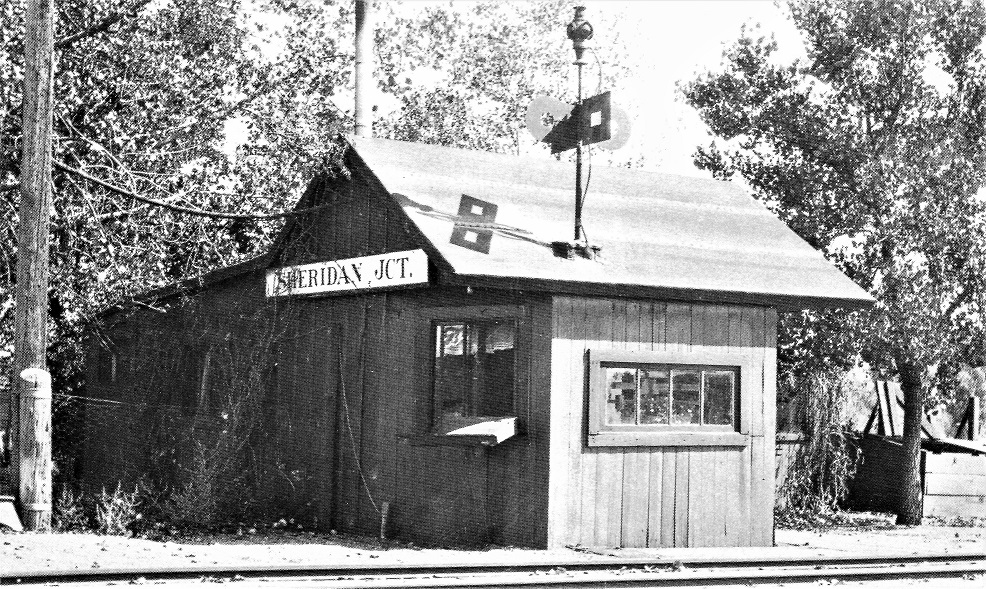
Platte Canyon had a depot structure, but was not an open depot.
South Platte, however, was an open depot, call sign "SP", with a agent/operator capable of issuing train orders:
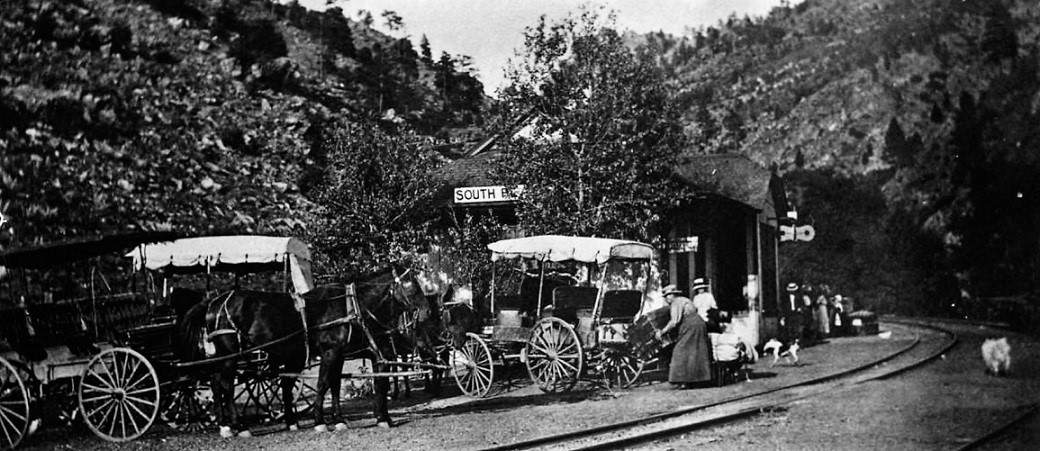
Dome Rock had a depot structure but was not an open depot per timetable, hence no order board:
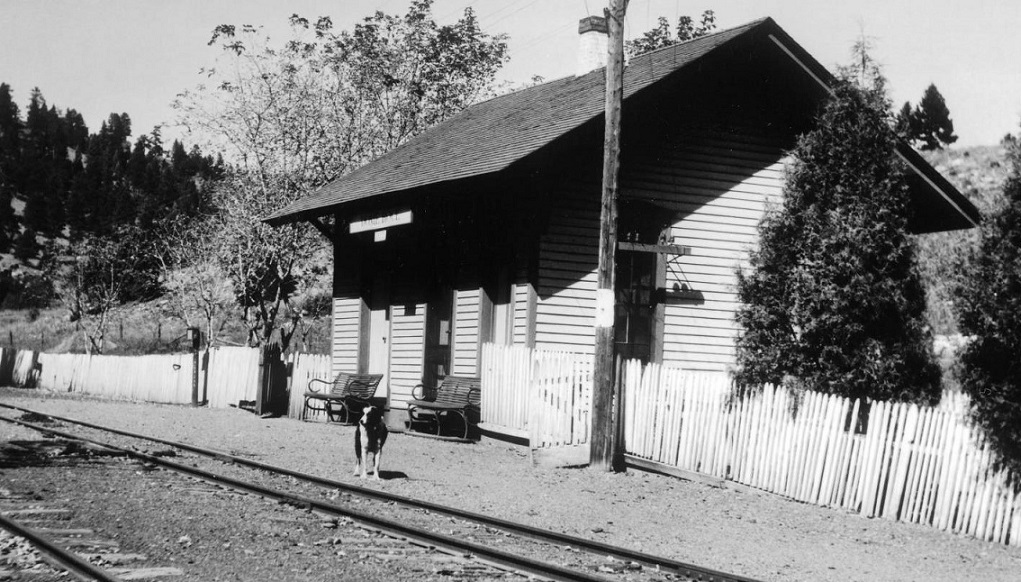
Buffalo was an open depot with TOB; call sign was "FO":
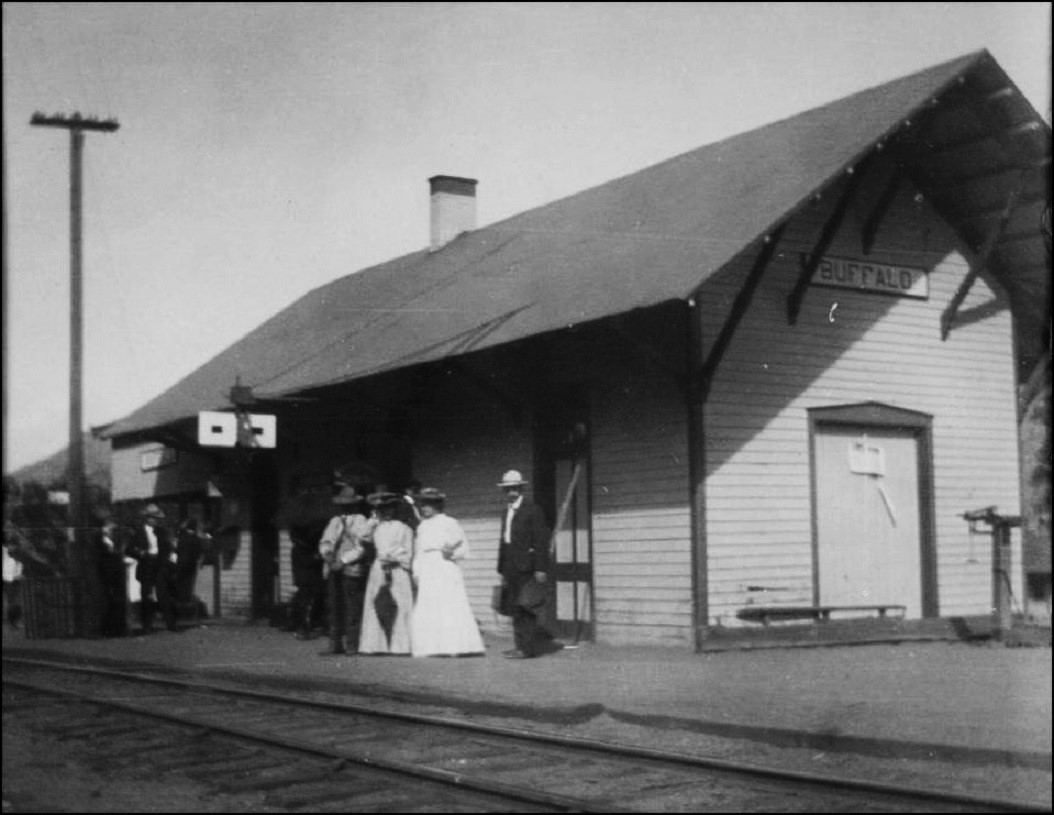
Pine, call sign "NI", was an open depot and crews had to stop and register here (no big deal, they usually had to stop to take coal anyhow). Note the order board is set to red:
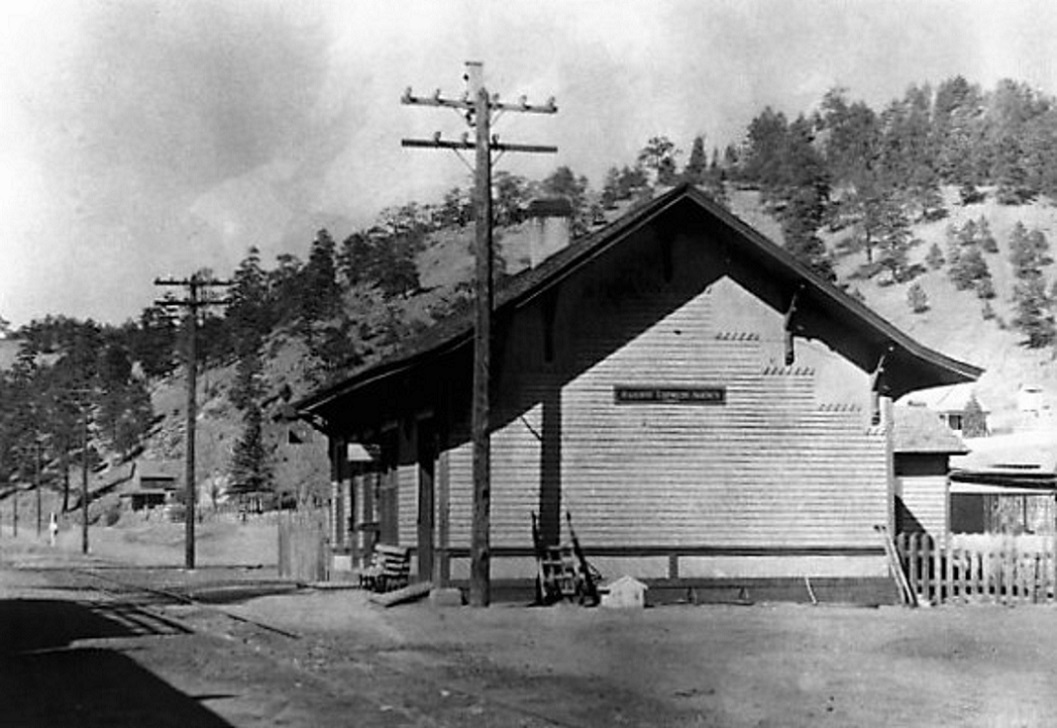
Heading on west, Estabrook per the timetable was not an open depot, the depot structure had no TOB, likely functioned as a flag stop by the year 1906:
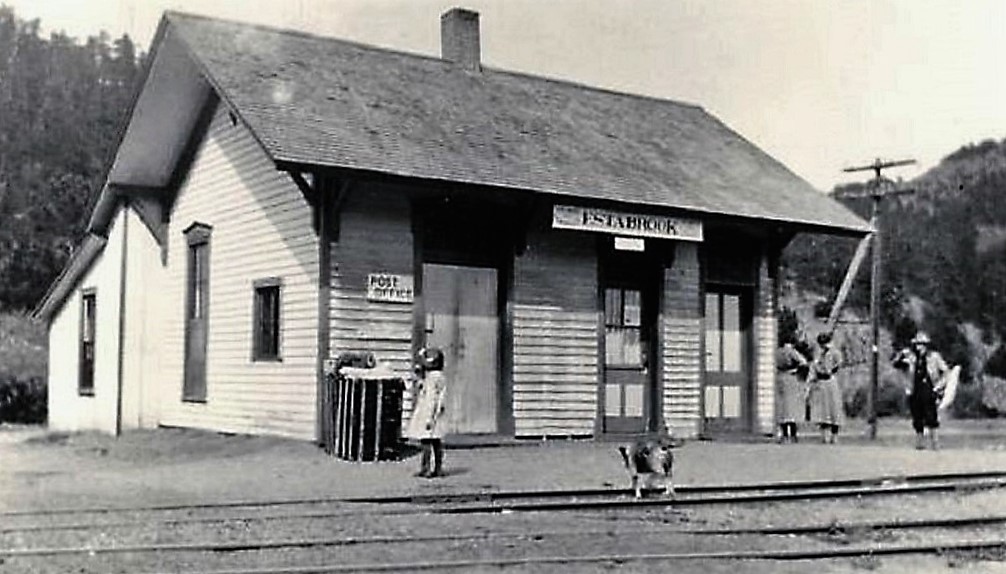
Baileys, call sign "BY" was an open depot in June, 1906; it saw a lot of seasonal tourist traffic for the Kiowa Lodge:
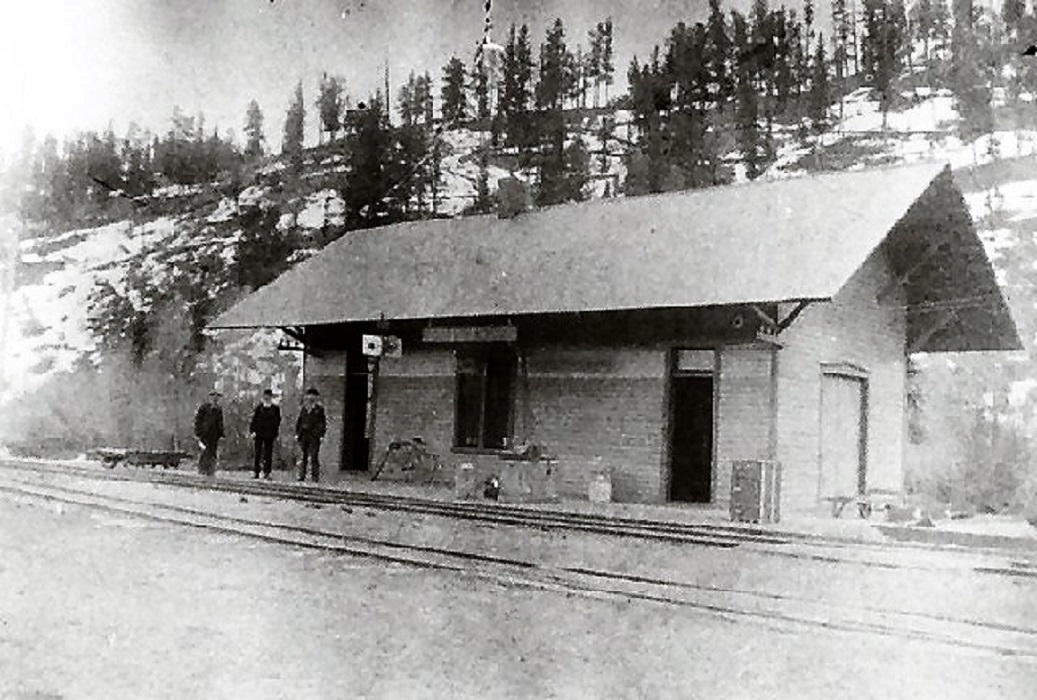
Shawnee was not listed on June 10, 1906, as an open depot. But every period photo that I've seen of Shawnee includes a TOB. Perhaps Shawnee was a seasonal open depot from late June to Labor Day, to cater to tourists and fishermen staying at the Lodge:
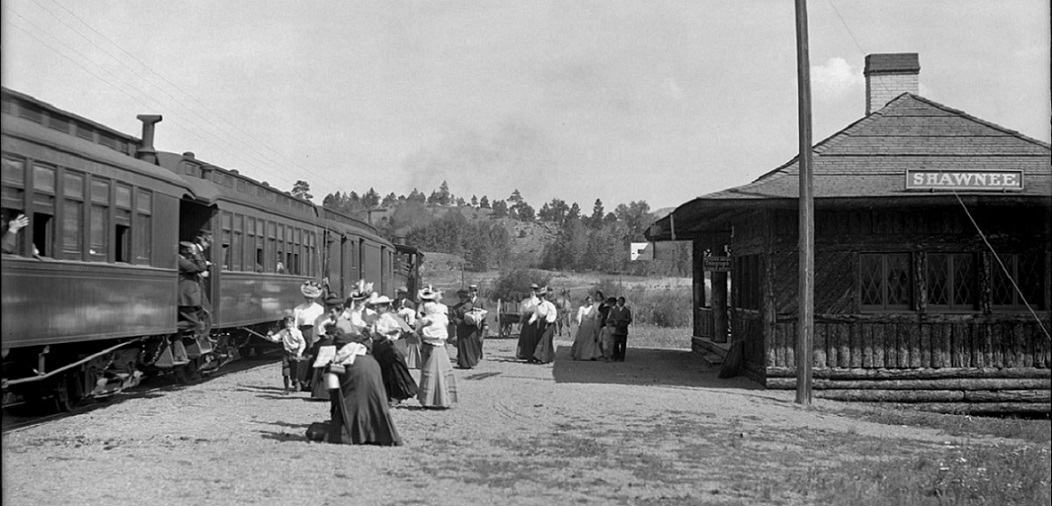
Grant was an open depot, and served as the western terminal for the "Fish Trains". Trains had to stop and register here. Note the vertical TOB, mounted on the roof. The call sign for Grant was an obvious pun: "US".
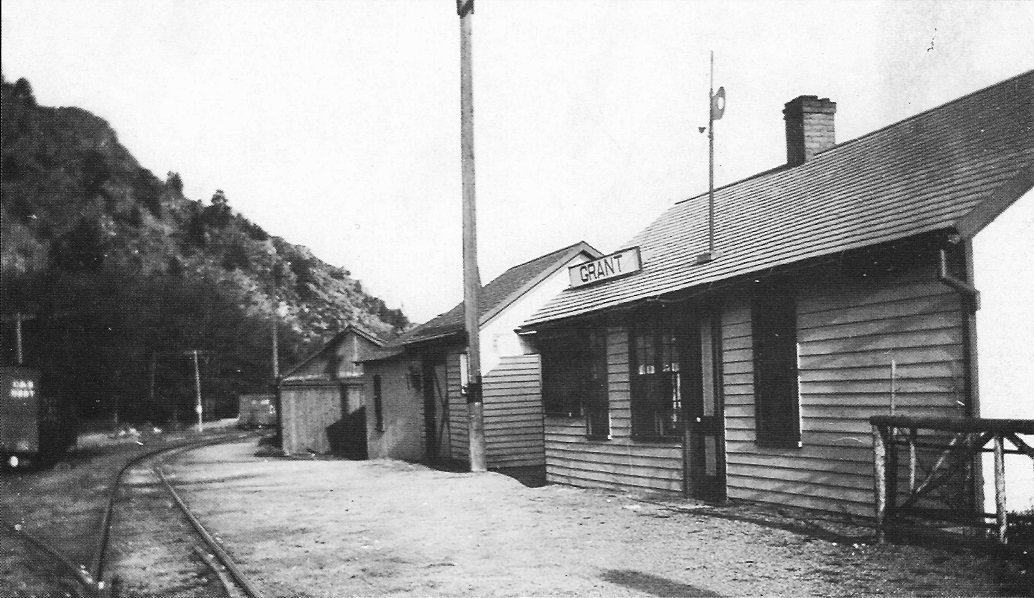
The timetable of June, 1906, doesn't list open depots at Webster or Kenosha, but we know from the photos earlier in this thread that, in the past, both stations had TOBs and therefore agent / operators.
West of Kenosha the next open depot was Jefferson, call sign "JN". As late as the 1920s, Jefferson had a TOB; but by the mid 1930s the station appears closed with the TOB removed.
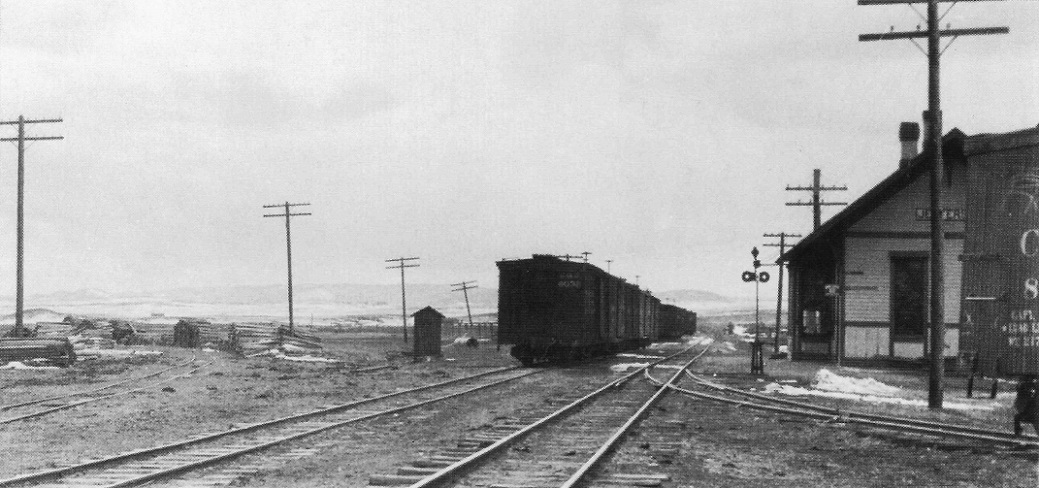
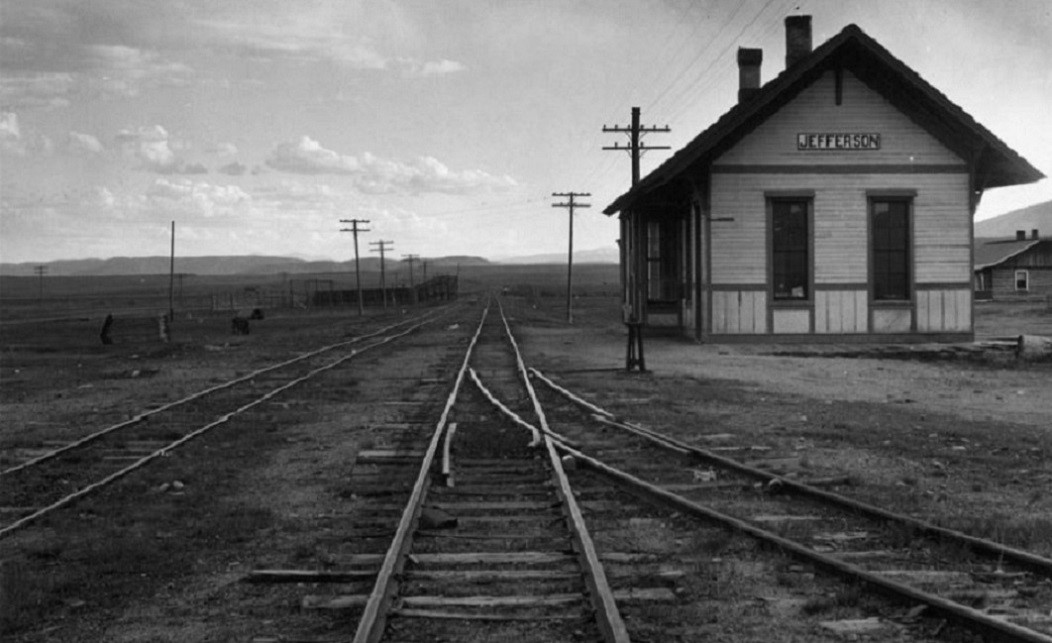
The division point at Como, to my way of thinking, should not have needed a TOB, as nothing ran through. But Chris has demonstrated that it certainly did--still don't understand this.
Departing westbound on the Highline, the only open depot listed between Como and Breckenridge was Boreas Pass. I have no photo to illustrate a TOB here. Likely this was a telegraph operator station only, call sign "BO".
Breckenridge was an open depot, call sign "HD". another vertical TOB:
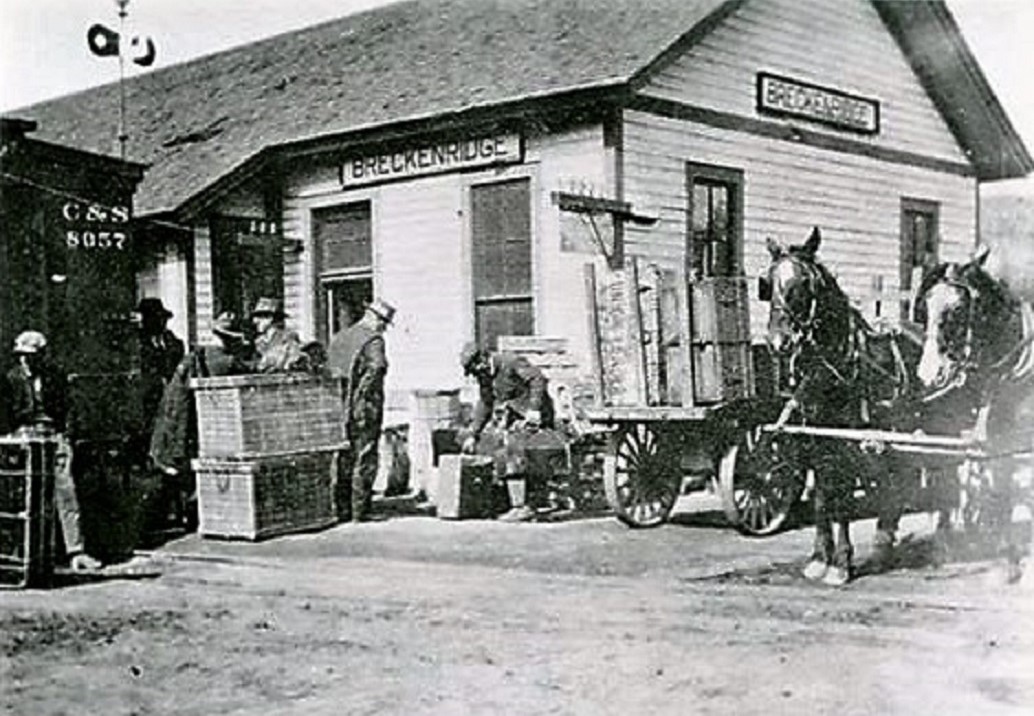
Down the Blue, Dickey (call sign "JD") had a TOB on the back side of the depot, facing the Leadville main. There was also a train register her to stop and sign:
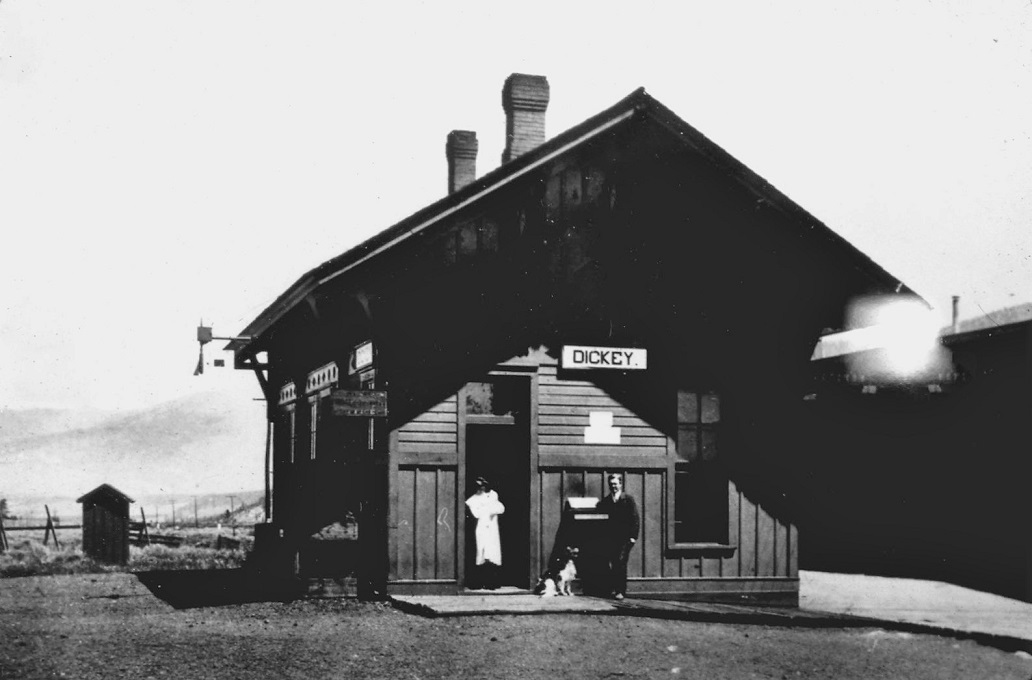
The only open depot on the Tenmile was Kokomo ("KO"):
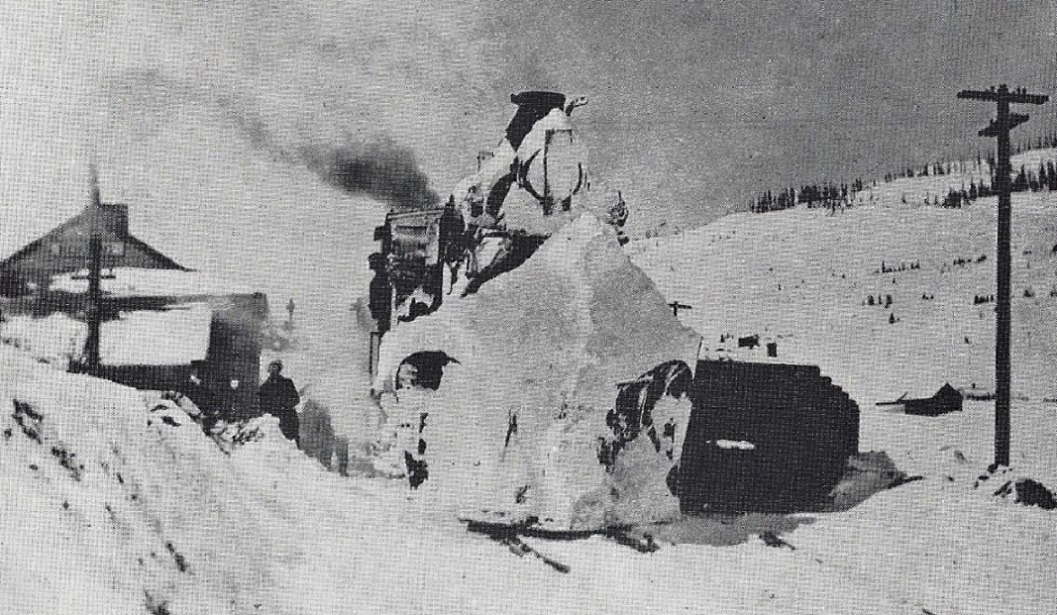
At Climax, trains had to stop and sign the register, but it was not an open depot, apparently no telegrapher on duty as at Boreas, so no call sign. In earlier years, a telegraph office was located to the south of the section house, behind the "Climax" station sign:
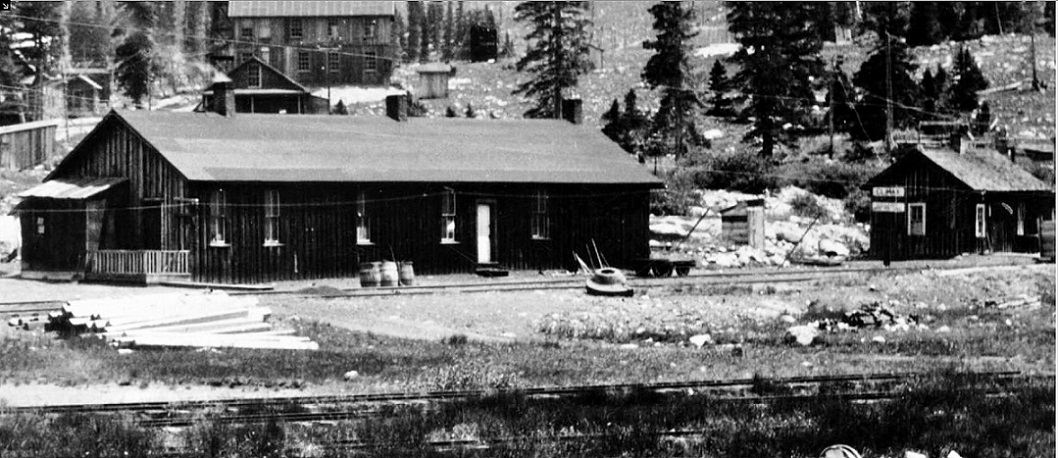
I agree with Chis, I've never seen a photo of the Leadville depot (call sign "VI") with a TOB. This early view from the late 1890s precedes the incorporation of the C&S:
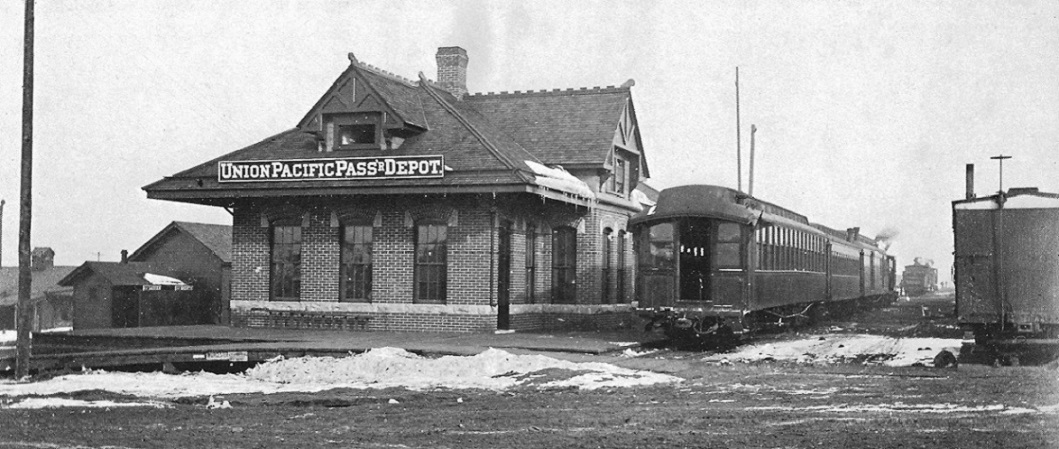
I suspect, as the years passed, as traffic and train frequency diminished, many of these open depots were closed and TOBs were removed.
Anyone have a photo of the office at Boreas with TOB to complete illustrating this post?
And how about photos of the Silver Plume depot--train order board or no?
URL: http://c-sng-discussion-forum.254.s1.nabble.com/Desperately-Seeking-Signals-The-Saga-Of-The-Train-Order-Board-tp6678p6708.html
Chris,
Yes, I'd like to share a few more thoughts on train order boards on the C&S. I have nothing to really add to the timeline aspect, I agree that in early South Park / Colorado Central days they were absent and your photos suggest that 1886-87 was when they showed up, as the UP integrated all its far-flung subsidiary lines into one rail network.
Having reviewed my digital files and books for train order boards (TOB) on depots, I'm coming more convinced that "Terminal" stations didn't have them. The purpose of the TOB was to alert train crews, approaching from either direction, that they had new orders that would effect the rest of their journey, or nullify prior orders. Trains arriving at "terminals" always stopped and, after obtaining new orders (as well as new train numbers or extra designations) returned from where they came. TOBs where not needed at terminals.
A terminal could be described as the end of the mainline or branch line run. On Clear Creek these would include Denver, Central City and Silver Plume. On the South Parks lines, Denver, Leadville, Gunnison and Alma Jct on the Alma branch.
I've not found any photo of the Central City brick depot with a TOB:

But Blackhawk, the only station with depot between Forks and Central, did have a TOB:


I have not found a clear, unobstructed photo of the track side of the Silver Plume depot to confirm or exclude a TOB there.
On the Fairplay / Alma Jct branch, there are many clear photos of the Alma Jct depot in the Mineral Belt books and the Klingers' three books. All show telegraph lines into the depot, none (starting with the DSP&P photo Chris posted) show a TOB:


But Fairplay, the next station up the branch toward Como, did have an operator and TOB:

We should also be careful in our definitions of "stations", "depot buildings" and "operating (aka open) depots".
--A station was a physical geographical location on the railroad as designated on the timetable, which may or may not have a siding, spur or railroad structures, including water tanks. Some stations where simply signs.
--A depot building was a structure to accommodate waiting room space for passengers, a freight house (attached or detached) for handling LCL freight and baggage, and usually office space for the use of agent or operator. It is not clear whether many of the flag stop shelters along Platte Canon were owned by the railroads or private entities.
--An operating depot designates an open depot (for part or all of the day, perhaps certain days of the week) with agent/operator on duty, to handle railroad business, and to generate train orders. On Employee Timetables an open depot would often be designated with a "D". If the train crew was required to register at that station, the timetable would be designated with an "R".
Some depot structures were always open depots, some where never open (just a shelter for passengers), and others were either open or "flag" depots depending on the year of operation, sometimes the season of a given year.

To illustrate what I'm trying to say in this long-winded post, let's take a hypothetical trip from Denver to Leadville in mid-June of the year 1906. CRA 12, The South Park Line, A Concise History, has the June 10, 1906 C&S Employee Timetable published in the addendum:
Leaving Denver, the Leadville bound train had to stop and register at Sheridan Junction, which is listed as having an open depot, with telegraph call sign of "SJ".

Platte Canyon had a depot structure, but was not an open depot.
South Platte, however, was an open depot, call sign "SP", with a agent/operator capable of issuing train orders:

Dome Rock had a depot structure but was not an open depot per timetable, hence no order board:

Buffalo was an open depot with TOB; call sign was "FO":

Pine, call sign "NI", was an open depot and crews had to stop and register here (no big deal, they usually had to stop to take coal anyhow). Note the order board is set to red:

Heading on west, Estabrook per the timetable was not an open depot, the depot structure had no TOB, likely functioned as a flag stop by the year 1906:

Baileys, call sign "BY" was an open depot in June, 1906; it saw a lot of seasonal tourist traffic for the Kiowa Lodge:

Shawnee was not listed on June 10, 1906, as an open depot. But every period photo that I've seen of Shawnee includes a TOB. Perhaps Shawnee was a seasonal open depot from late June to Labor Day, to cater to tourists and fishermen staying at the Lodge:

Grant was an open depot, and served as the western terminal for the "Fish Trains". Trains had to stop and register here. Note the vertical TOB, mounted on the roof. The call sign for Grant was an obvious pun: "US".

The timetable of June, 1906, doesn't list open depots at Webster or Kenosha, but we know from the photos earlier in this thread that, in the past, both stations had TOBs and therefore agent / operators.
West of Kenosha the next open depot was Jefferson, call sign "JN". As late as the 1920s, Jefferson had a TOB; but by the mid 1930s the station appears closed with the TOB removed.


The division point at Como, to my way of thinking, should not have needed a TOB, as nothing ran through. But Chris has demonstrated that it certainly did--still don't understand this.
Departing westbound on the Highline, the only open depot listed between Como and Breckenridge was Boreas Pass. I have no photo to illustrate a TOB here. Likely this was a telegraph operator station only, call sign "BO".
Breckenridge was an open depot, call sign "HD". another vertical TOB:

Down the Blue, Dickey (call sign "JD") had a TOB on the back side of the depot, facing the Leadville main. There was also a train register her to stop and sign:

The only open depot on the Tenmile was Kokomo ("KO"):

At Climax, trains had to stop and sign the register, but it was not an open depot, apparently no telegrapher on duty as at Boreas, so no call sign. In earlier years, a telegraph office was located to the south of the section house, behind the "Climax" station sign:

I agree with Chis, I've never seen a photo of the Leadville depot (call sign "VI") with a TOB. This early view from the late 1890s precedes the incorporation of the C&S:

I suspect, as the years passed, as traffic and train frequency diminished, many of these open depots were closed and TOBs were removed.
Anyone have a photo of the office at Boreas with TOB to complete illustrating this post?
And how about photos of the Silver Plume depot--train order board or no?
Jim Courtney
Poulsbo, WA
Poulsbo, WA
| Free forum by Nabble | Edit this page |